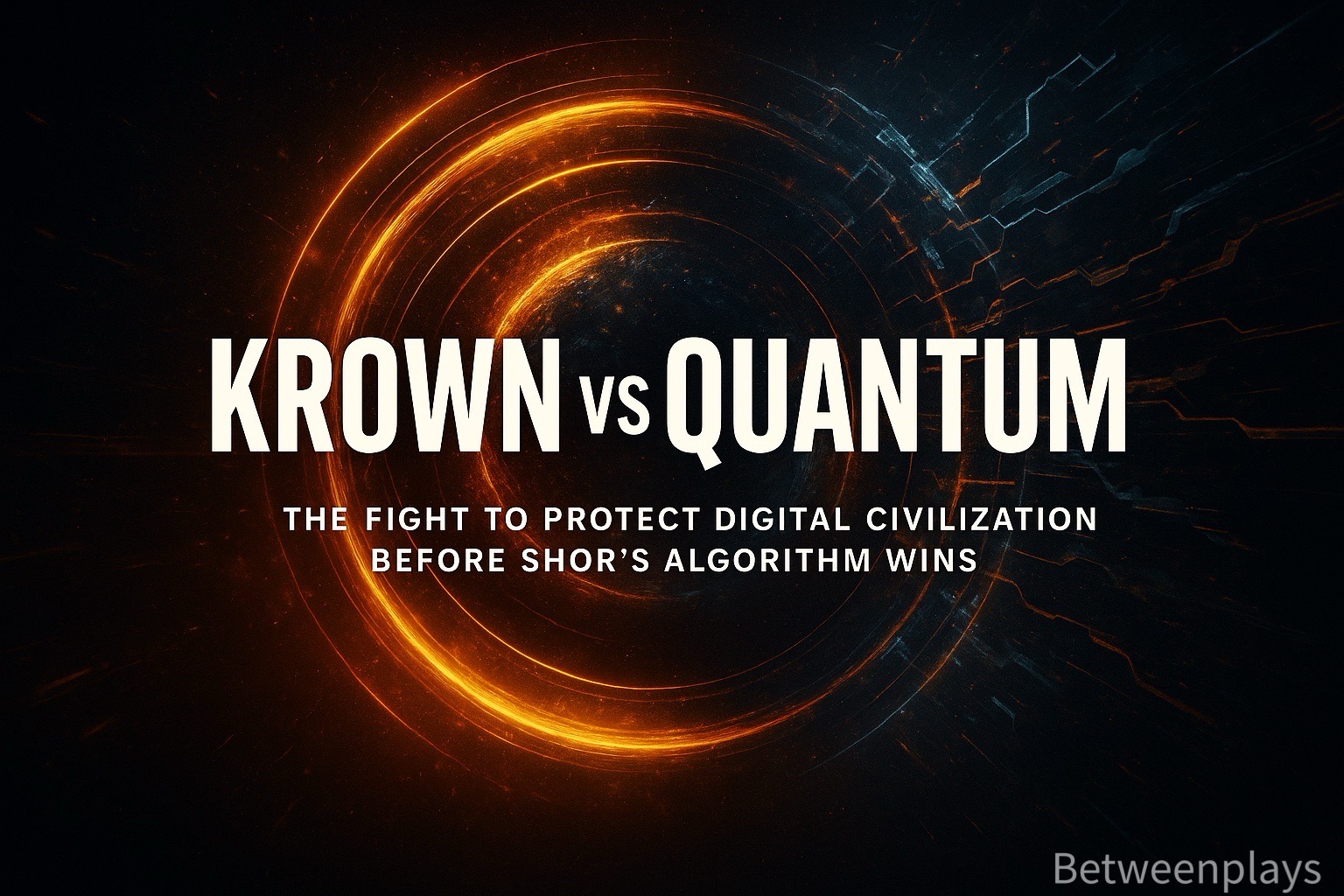🎙️ Betweenplays Media Feature – Not Financial Advice.
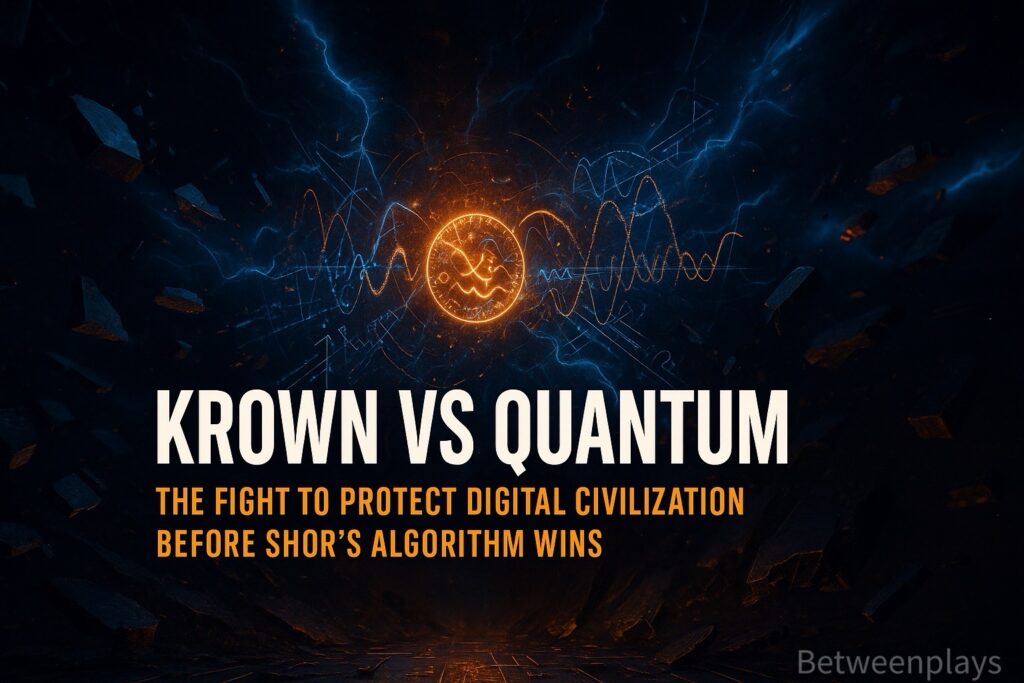
Krown vs Quantum: How Physics, Krown Technologies, and James Stephens Are Rewriting Digital Trust
The Physics Beneath Digital Civilization
Quantum mechanics, once confined to laboratories and abstract theoretical papers, now shapes the very fabric of digital civilization. The physics once whispered about in academic corridors has become the unseen scaffolding of modern computing. It animates our semiconductors, governs our lasers, calibrates our atomic clocks, and underpins the randomness that makes encryption possible. These phenomena—wave–particle duality, superposition, entanglement, tunneling, quantized energy states, and relativistic time dilation—have moved from philosophical puzzles to operational constraints. Their rules are absolute, immutable, and relentlessly verifiable. They form what can now be called the known quantum, a collection of truths so rigorously established that they define our relationship with information itself.
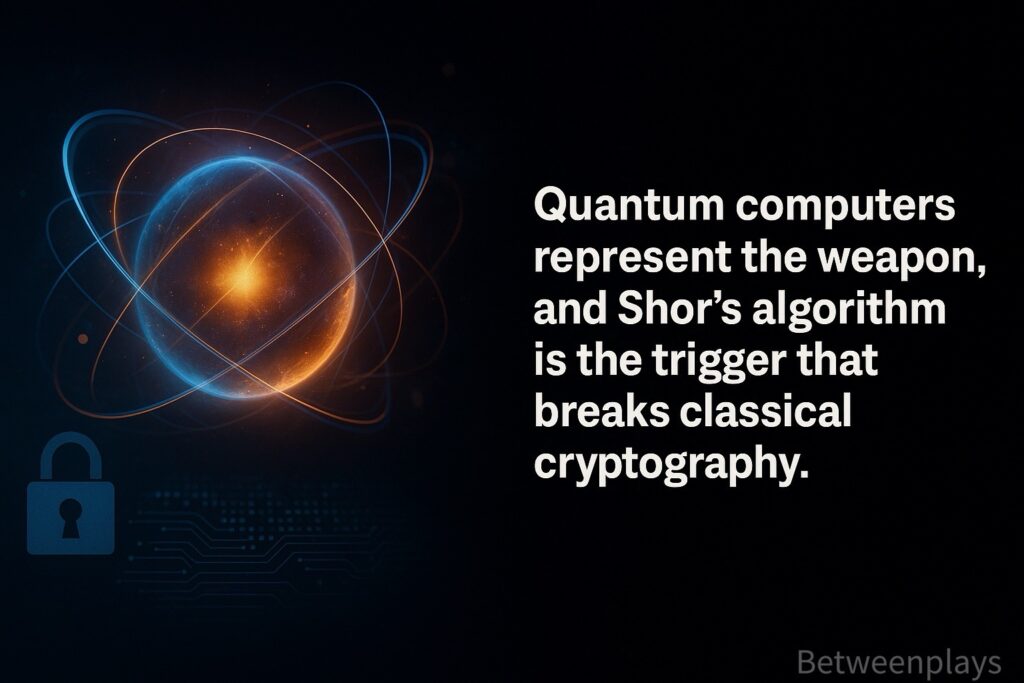
As quantum computing advances, these same truths expose the fragility of systems built on classical assumptions. Cryptography once thought unbreakable begins to dissolve under algorithms like Shor’s. Randomness that once seemed chaotic becomes predictable under quantum analysis. Time measurements that once appeared stable reveal subtle drifts that adversaries may exploit. The known quantum is no longer just the foundation of physics—it is the threat model of the next century.
“In Krown vs Quantum, the challenge becomes clear: classical cryptography cannot survive the coming era.”
Few organizations are prepared for this shift. Fewer still are building not for the world we came from, but for the world quantum mechanics demands. Krown Technologies, under the leadership of James Stephens, stands among the very few designing systems that treat quantum mechanics as the baseline, not the anomaly.
Designing for a Quantum Reality
Stephens’ worldview is rooted in a simple but radical recognition: digital security can no longer depend on computational difficulty. It must depend on physical law. In a SecureTalk interview, he distilled this shift into a single sentence that has become foundational to his engineering philosophy:
“True randomness…requires physics, not just algorithms.”
— James Stephens (Stephens, 2024)
This statement marks a philosophical turning point. Classical security has long depended on pseudorandom generators—ingenious but ultimately deterministic constructs. A quantum adversary, armed with the ability to model, parallelize, and correlate patterns far beyond classical limits, can pierce through these constructs. Only physics-based entropy—quantum fluctuations, photonic noise, atomic decay—remains truly unpredictable.
When Krown launched its Qastle wallet, Stephens framed the moment not as the introduction of a product, but as the beginning of a transformation.
“We didn’t just launch another wallet — we launched a new security era.”
— James Stephens (Stephens, 2023)
Independent analyses reinforce the scope of this mission. Digital Journal noted:
“He has spent years building what he calls the largest post-quantum-ready distributed ledger ecosystem…”
— Digital Journal (2023)
And in describing the early belief that propelled Krown forward, Stephens reflected:
“Everyone jumped in right away. They believed in me and the mission…”
— James Stephens (CIOViews, 2024)
These remarks reveal a founder who is neither reacting to quantum disruption nor fearing it—he is architecting for it, expecting it, and embedding it into the operating logic of his systems.
The Quantum Triad: Agility, Stability, and Readiness
To build in this environment, Krown embraces what I call the Quantum Triad: quantum agility, quantum stability, and quantum readiness.
Quantum agility is the capacity to adapt cryptographic primitives, rotate entropy, and upgrade defenses the moment quantum capabilities advance, without destabilizing the ledger.
Quantum stability is the resilience to operate in conditions defined by noise, drift, partial coherence, subtle correlation, and entropy distortions—phenomena that emerge directly from quantum physics.
Quantum readiness is the organizational posture required when adversaries wield tools capable of bypassing, rather than breaking, the mathematical assumptions of classical security. It is both technological preparedness and cultural acceptance that the classical era is ending.
These operational qualities lead naturally into deeper conceptual frameworks: quantum trust and zero-trust quantum security.
Security Anchored in Reality
Quantum trust represents a redefinition of assurance. For decades, trust in digital systems rested on the hardness of mathematical problems. But hardness is not permanence. Quantum trust shifts the foundation from computation to physics. Under this paradigm, security derives from the unpredictability of quantum processes. Entropy is drawn from the vacuum, not from software. Timestamps are tied to atomic oscillations, not server counters. Identity is anchored in noise patterns that no machine can reverse-engineer. Trust, in this view, becomes an attribute of the universe, not an assumption in code.
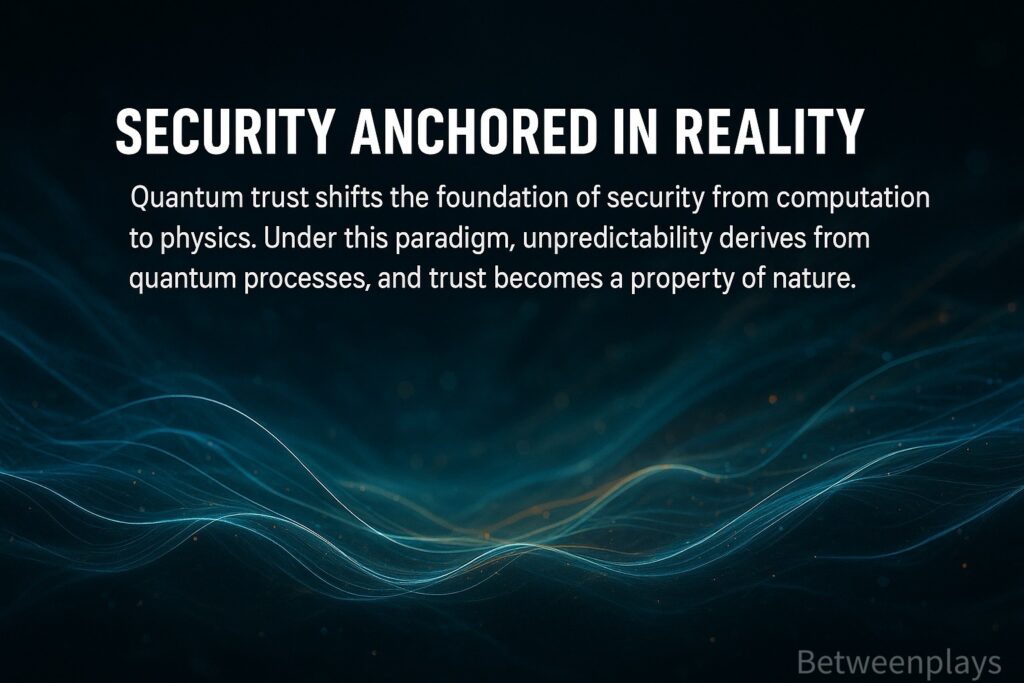
This reframing elevates trust from a property of software to a property of nature. It positions digital systems closer to physical truth, where the limits of what can be predicted are hardwired into existence. Quantum trust is not a marketing slogan; it is a structural realignment of how we define certainty in a world where mathematics can be overturned by the next generation of machines.
Never Trust What Physics Has Not Confirmed
Zero-trust quantum security represents the continuation—and escalation—of the zero-trust philosophy into a landscape where even the core assumptions of computing must be interrogated. In the classical era, zero-trust meant distrusting devices, users, and networks. In the quantum era, it means distrusting everything: keys, clocks, randomness sources, entropy pools, timestamps, consensus states, and even the stability of the system’s own internal logic.
This is necessary because quantum adversaries do not merely exploit weaknesses—they exploit assumptions. They attack the nature of time by manipulating drift. They attack randomness by detecting bias. They attack coherence by inducing correlated noise. They attack identity by breaking the mathematics it depends on.
In this world, clocks must prove their accuracy through atomic reference—and even then likely not an accurate checksum. Randomness must prove its unpredictability through continuous statistical attestation. Consensus must prove its coherence through cross-validated state examinations. Nothing is trusted unless physics itself confirms it.
This is not security as a defensive posture—it is security as a philosophy: never trust what the universe has not verified.
Necessary but Incomplete
Post-quantum cryptography provides the mathematical backbone of quantum-era security, replacing vulnerable classical algorithms with lattice-based, code-based, multivariate, and hash-based alternatives. These new primitives are designed to resist quantum algorithms like Shor’s, protecting signatures, encryption, and key exchanges.
Yet mathematics alone is insufficient. Post-quantum schemes remain vulnerable if the entropy feeding them is predictable or if their implementations rely on assumptions quantum adversaries can erode. Stephens’ assertion that randomness “requires physics” reminds us that mathematical hardness must be paired with physical unpredictability. True quantum-era cryptography is hybrid by necessity.
Let’s Talk Legacy Blockchain
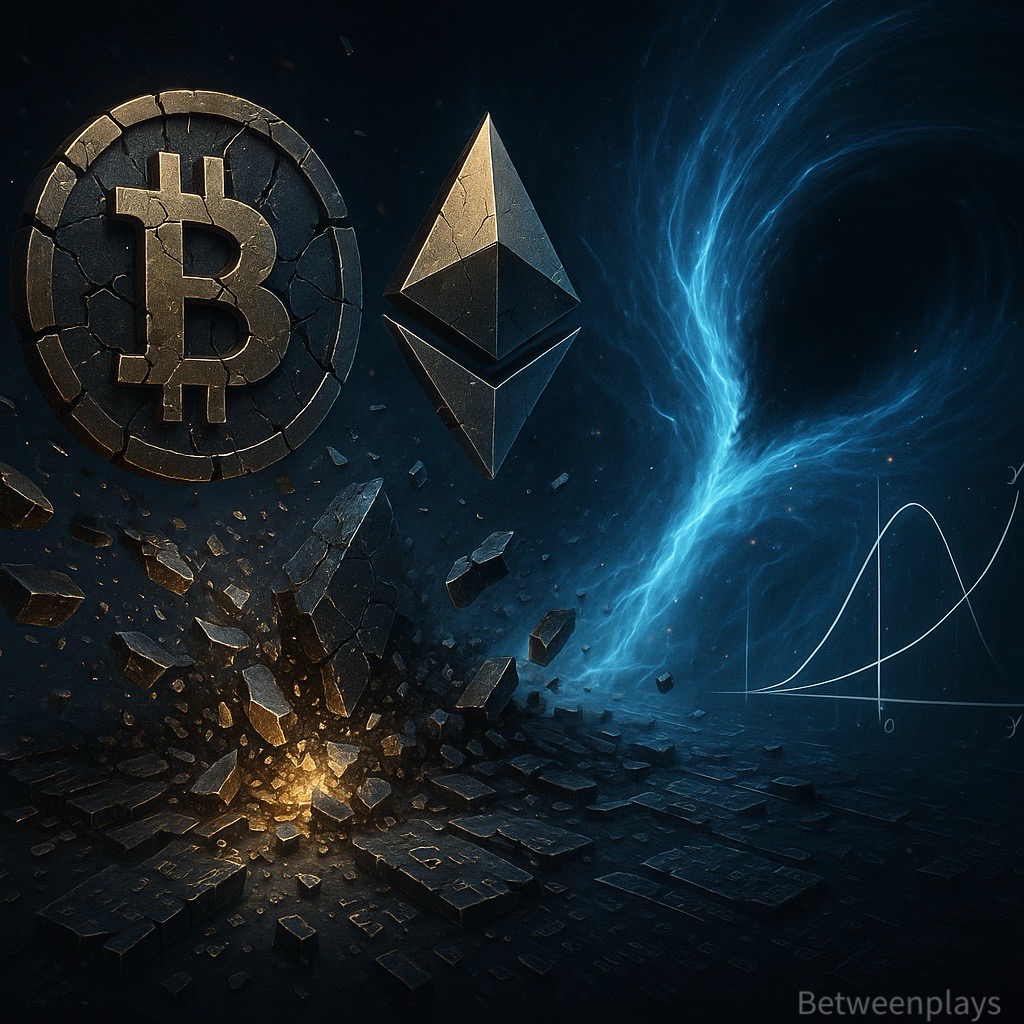
Blockchains like Bitcoin and Ethereum were built for an era defined entirely by classical computation. Their identity layer—private and public key pairs—is secured by elliptic-curve cryptography, which collapses under Shor’s algorithm. Once a quantum attacker can derive private keys from public keys, blockchain ownership becomes a fiction.
Wallets can be drained, validators impersonated, and chain history rewritten. Even proof-of-stake and proof-of-work mechanisms are powerless when the fundamental mapping between identities and keys is broken. Worse still, adversaries today can capture encrypted ledger traffic for future quantum decryption, exposing private interactions retroactively.
Classical blockchains were never meant to survive adversaries capable of breaking the mathematical assumptions upon which they were built. In the quantum era, they cannot.
Quantum Secures Blockchain
Quantum mechanics does not merely destroy classical blockchain assumptions—it provides the tools to rebuild stronger systems. Quantum randomness supplies entropy so unpredictable that not even a quantum adversary can model it. Atomic clocks provide timekeeping so precise that timestamp manipulation becomes exponentially harder. Coherence-inspired consensus structures allow distributed ledgers to validate state using principles analogous to quantum correlation.
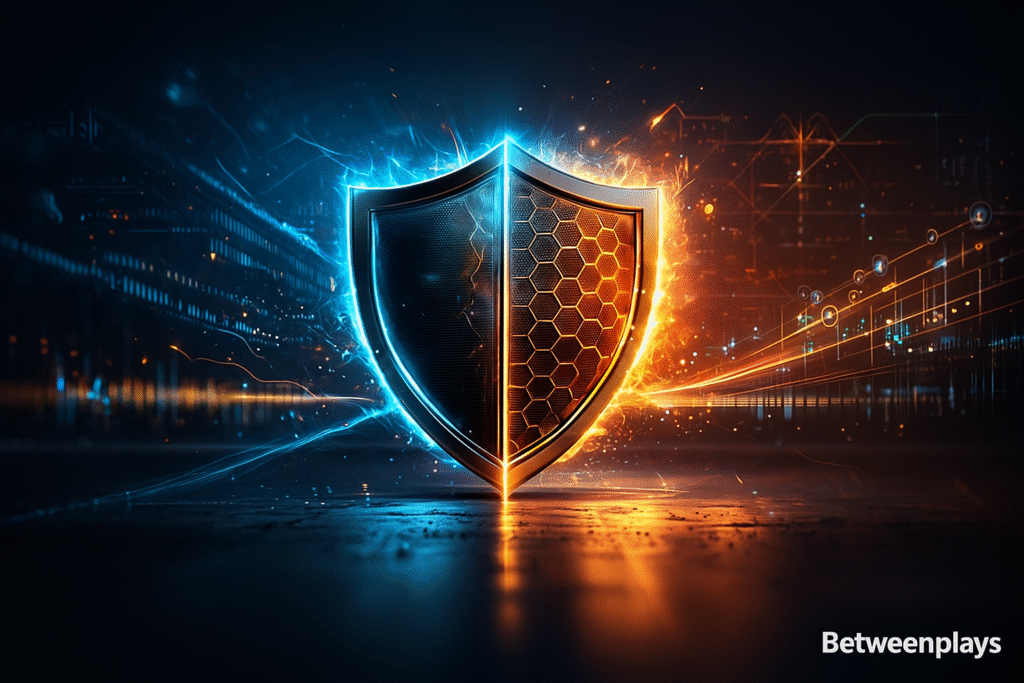
Krown Technologies integrates these capabilities at every layer. Its keys draw entropy from physics, not algorithms. Its ledger validates time using physical principles designed to resist drift. Its architecture assumes noise, skew, and correlation not as anomalies but as environmental facts. And unlike classical blockchains, whose cryptographic primitives are frozen, Krown is designed to evolve—primitives can be rotated, upgraded, or replaced seamlessly as quantum capabilities advance.
This is not a patch. It is a new architecture born from a new worldview—one in which physics is the security perimeter.
Physics Is The Blueprint
Quantum mechanics has moved from theory to infrastructure, and from infrastructure to threat model. The known quantum now dictates the future of digital trust. Systems rooted in mathematics alone will fail. Systems rooted in physics will endure.
Krown Technologies, guided by the vision of James Stephens, stands at the frontier of this transformation—a company building for the world as physics defines it, not as classical assumptions imagined it. It demonstrates what secure computation must become when the laws of the universe, not the limits of computation, shape the threat landscape. “This Krown vs Quantum analysis highlights how digital trust must shift from mathematics to physics.”
What Comes Next
The next evolution of digital architecture will merge classical and quantum worlds into hybrid systems that treat physics as both a constraint and an advantage. Blockchains may adopt quantum-coherent principles. Identity frameworks may rely on entropy derived from physical phenomena. Data centers may incorporate atomic timing as a baseline. Zero-trust models will extend beyond devices and users into entropy pools and coherence layers.
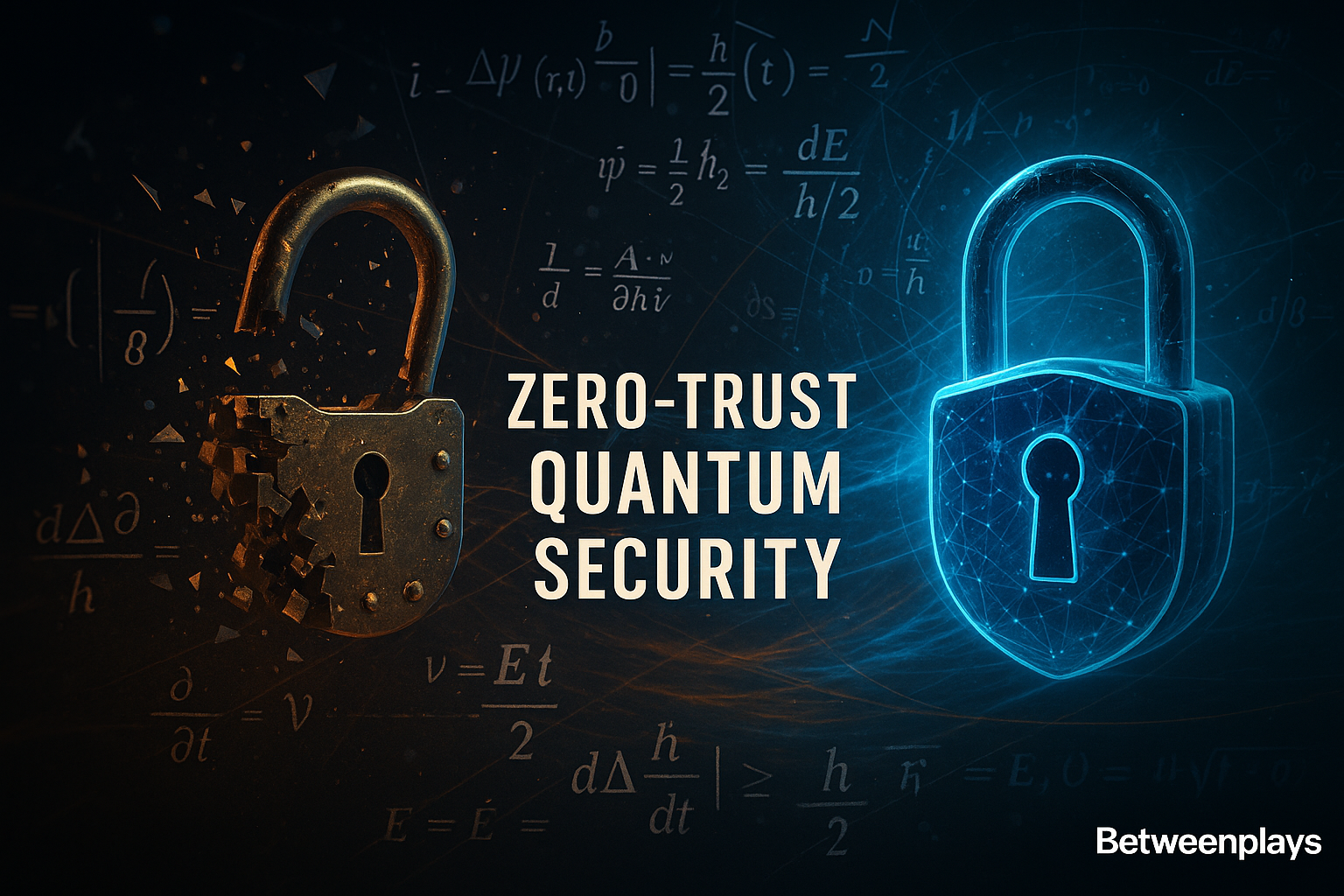
The organizations that thrive will be those that recognize that the known quantum is no longer optional knowledge—it is the blueprint for building systems meant to survive the century ahead.
In that world, architecture does not merely resist physics. It harmonizes with it.
Since I keep mentioning Shor’s Algorithm
Shor’s algorithm is the fulcrum upon which the quantum threat pivots. Proposed by mathematician Peter Shor in 1994, it demonstrated—at least theoretically—that a sufficiently powerful quantum computer could factor large integers and compute discrete logarithms exponentially faster than any classical machine. For decades, this was treated as an academic curiosity. Today it is the core weapon that will break the cryptographic foundations of the modern internet.
Classical public-key systems such as RSA, DSA, and especially elliptic-curve cryptography rely on the difficulty of these mathematical problems. Shor’s algorithm eliminates that difficulty entirely. What would take classical supercomputers billions of years collapses into minutes or seconds on a mature quantum machine. The implications are catastrophic: private keys can be derived from public keys, signatures can be forged, encrypted data can be decrypted, and identity—once the bedrock of blockchain and secure communication—can be counterfeited with ease.
Shor’s algorithm is not simply a breakthrough in computation; it is a collapse of assumptions. It reveals that the security of the last 40 years was never guaranteed by truth—only by time. And once time is no longer a barrier, the entire classical cryptographic universe becomes transparent.
This is why quantum-native architectures, like those pursued by Krown Technologies, no longer treat Shor’s as a hypothetical threat—it is the lens through which all future security is designed.
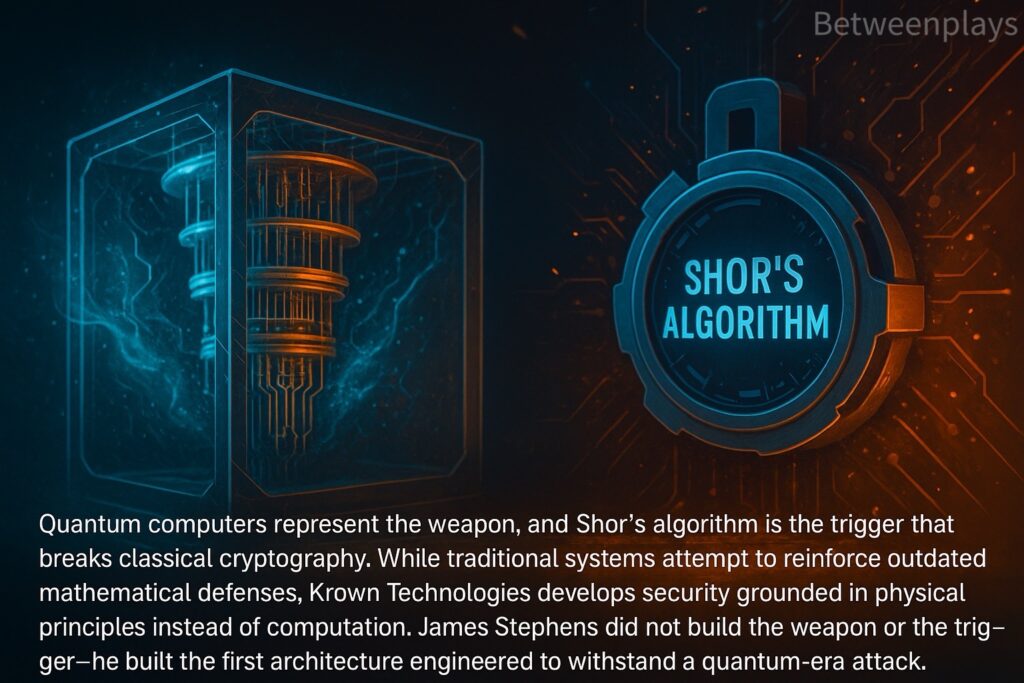
REFERENCES (APA Style)
CIOViews. (2024). The quantum crusader: How James Stephens broke the blockchain mold.
https://cioviews.com/the-quantum-crusader-how-james-stephens-broke-the-blockchain-mold/
Digital Journal. (2023). Blockchain CEO builds quantum-resistant ledger system.
https://www.digitaljournal.com/business/blockchain-ceo-builds-quantum-resistant-ledger-system/article
Nasdaq. (2023). Krown Technologies and Quantum Emotion launch Qastle.
https://www.nasdaq.com/press-release/krown-technologies-and-quantum-emotion-launch-qastle-first-hot-wallet-secured-quantum
Stephens, J. (2023). Krown Technologies and Quantum Emotion launch Qastle. Nasdaq.
https://www.nasdaq.com/press-release/krown-technologies-and-quantum-emotion-launch-qastle-first-hot-wallet-secured-quantum
Stephens, J. (2024). Preparing for the quantum era: Why blockchain is leading the charge [Podcast interview]. SecureTalk / StrikeGraph.
https://www.strikegraph.com/secure-talk-podcast/preparing-for-the-quantum-era-why-blockchain-is-leading-the-charge-james-stephens

